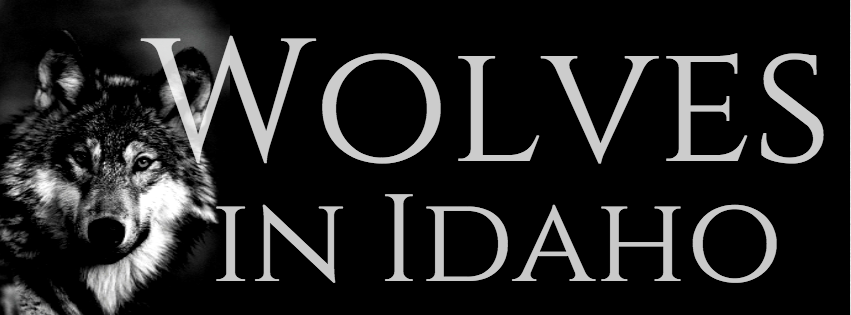At the beginning of the state’s 2014 legislative session, Idaho Governor Butch Otter proposed spending $2 million to eradicate more than 500 wolves, reducing the state’s wolf population to 150 animals.
How did Idaho, which was completely without wolves in 1994, become home to such a booming population, especially in the face of resistance by some of the state’s most politically influential individuals and groups?
The recovery of Idaho’s wolves has been a decades-long, complicated process marked by tension between the cultures of, on one side, hunters, ranchers, and proponents of states’ rights, and on the other, environmentalists and scientists who advocate for governmental protection and restoration of endangered species.
The story of Idaho’s wolf restoration and management, told here by a cultural historian relying largely on media sources and primary-source documents, has an intentionally limited perspective. It needs your voice. If you would like to share your experiences or perspective as an Idahoan, we encourage you to submit your own stories and photos.
Continue to Part I of “Wolves in Idaho”: Give and Take.
